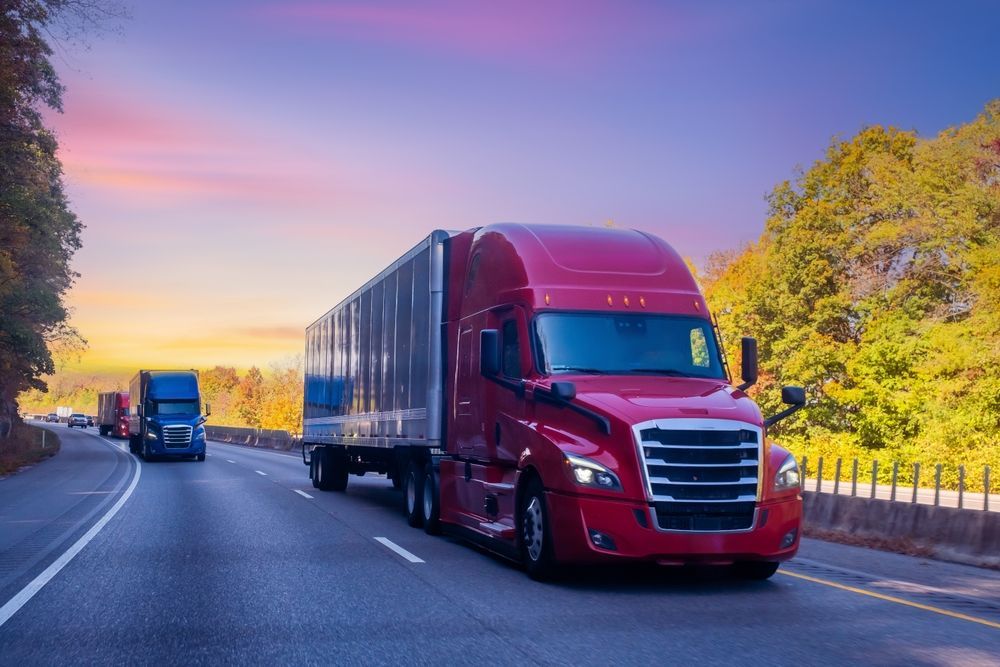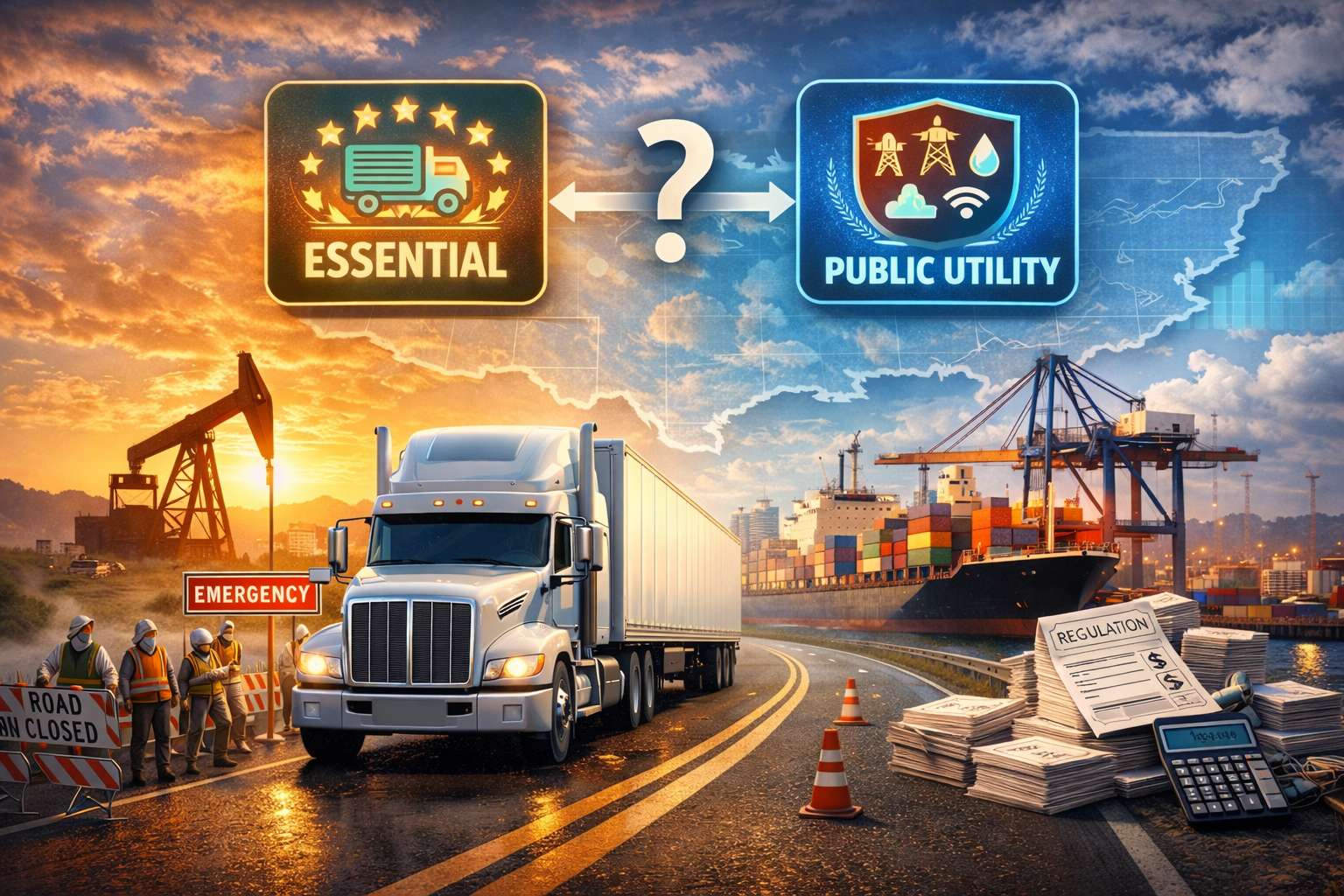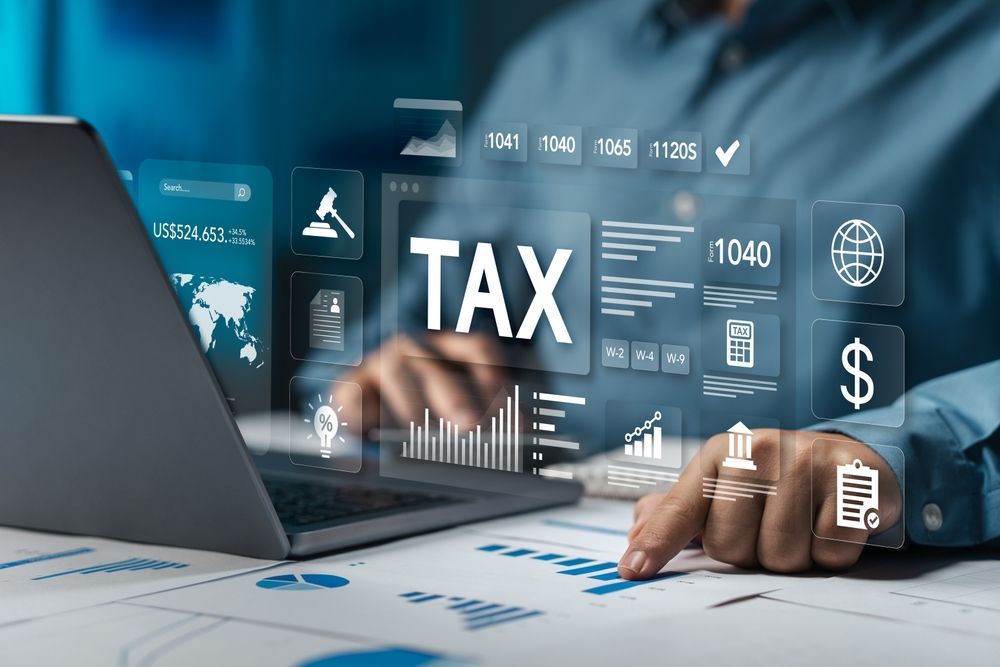In 2025, the Trucking Industry Is Still Over-Taxed Compared to Other Sectors
Share this Article:

The American trucking industry remains the backbone of U.S. commerce, hauling over 70% of the nation’s freight. Yet in 2025, it continues to bear a disproportionately high tax burden compared to nearly every other industry sector. Despite its critical role in the supply chain, trucking companies and independent operators alike are being squeezed by layered federal, state, and local taxes that threaten growth, profitability, and even survival.
The Tax Burden Is Heavier in Trucking
Trucking companies are hit with a unique combination of taxes that most industries do not face simultaneously, including:
- Heavy Vehicle Use Tax (HVUT): Up to $550 annually per vehicle for highway operation.
- International Fuel Tax Agreement (IFTA): Requires multistate reporting and tax payments based on fuel purchases and miles driven.
- IRP (International Registration Plan) Fees: Annual apportioned registration fees based on mileage in each jurisdiction.
- High Excise Taxes on Equipment: 12% federal excise tax on new truck and trailer purchases—among the highest of any capital equipment tax in the U.S.
- Tolls and Special Permit Fees: Layered user fees at the state and municipal levels for access to roads, bridges, and restricted zones.
- Diesel Taxes: Federal and state fuel taxes can push diesel costs significantly higher, reducing margins for carriers operating on tight budgets.
By contrast, industries such as tech, retail, or manufacturing rarely face this stacking of user fees, special excise taxes, and complex compliance regimes across multiple jurisdictions.
Economic Impact: Margins Shrink, Costs Mount
Even as inflation moderates in some areas, trucking margins remain under pressure in 2025:
- High Operating Costs: Taxes account for an estimated 12%–15% of overall operating expenses in some fleet models.
- Regulatory Compliance Costs: Filing HVUT, IFTA, IRP, and others requires significant administrative bandwidth—particularly for smaller carriers with fewer resources.
- Barrier to Entry: Startups and independent owner-operators find it harder to compete when facing this web of taxes and compliance costs.
- CapEx Burden: The federal excise tax can add $20,000+ to the cost of a new truck, deterring investment in modern, cleaner equipment.
Trucking vs. Other Industries: The Tax Disparity
Let’s compare the trucking sector to others:
Unique/High Multi-State Filing Excise on Capital
Sector Impact Taxes Required Equipment User-Based Fees
Trucking HVUT, IFTA ✅ ✅ (12% FET) ✅
IRP, FET
Technology Minimal ❌ ❌ ❌
Retail Sales Tax Only Sometimes ❌ ❌
Construction Sales, Fuel ❌ Partial ❌
but limited
Clearly, trucking stands alone in the scope and complexity of its tax liabilities.
Policy Blind Spots: No Relief in Sight
While policymakers often speak about “supporting infrastructure” and “revitalizing supply chains,” very few efforts have focused on tax reform for the freight sector:
- The FET has not been meaningfully adjusted in over 40 years, despite equipment cost increases.
- No federal standardization exists for IFTA or IRP processing, leaving fleets burdened with inconsistent rules across states.
- Toll proliferation continues, especially in the Northeast and parts of California, adding up to tens of thousands in annual fees.
A Call for Fairer Tax Treatment
If the U.S. economy depends on trucking—as it indisputably does—then it’s time to:
- Reform or eliminate outdated excise taxes like the FET
- Streamline compliance processes for HVUT, IFTA, and IRP
- Reassess tolling strategies to ensure fair and proportional cost structures
- Provide tax credits or deductions for fleets investing in clean vehicles and safety technologies
Conclusion: The Wheels Keep Turning, But at a Cost
The trucking industry isn't asking for special treatment—just fair treatment. In 2025, the evidence is clear: trucking is still over-taxed relative to its peers. If freight is the lifeblood of the American economy, then tax policy must reflect that reality, not penalize it.
Want to weigh in? Have a story about your own tax burden in the industry? Drop us a comment or reach out—we’re listening.
Share with Us:




